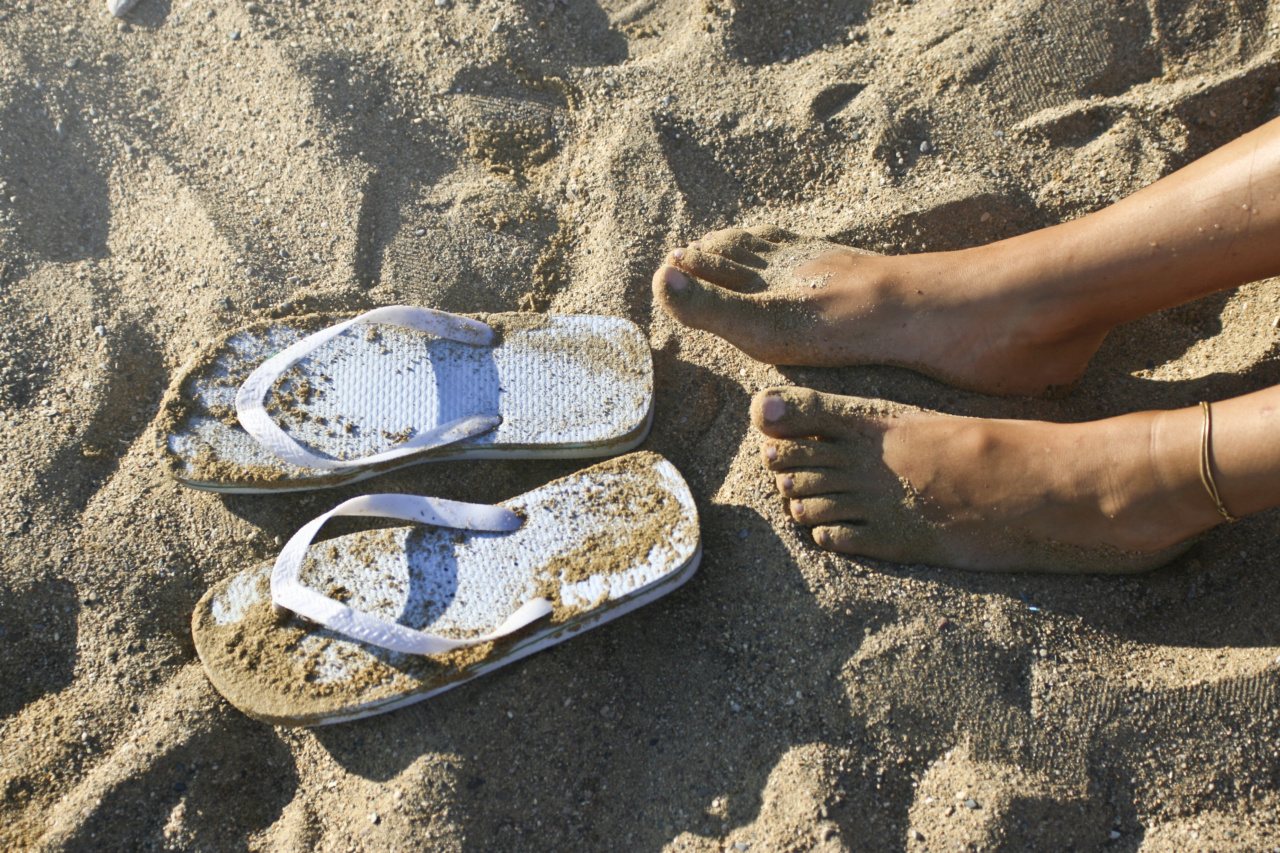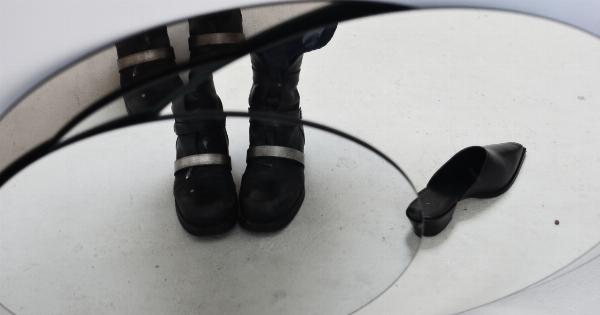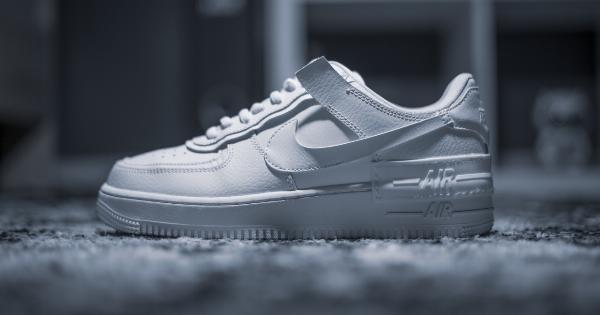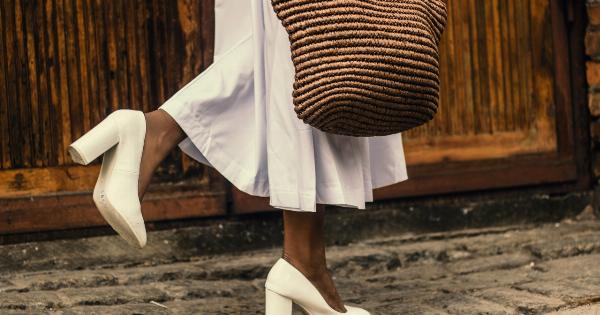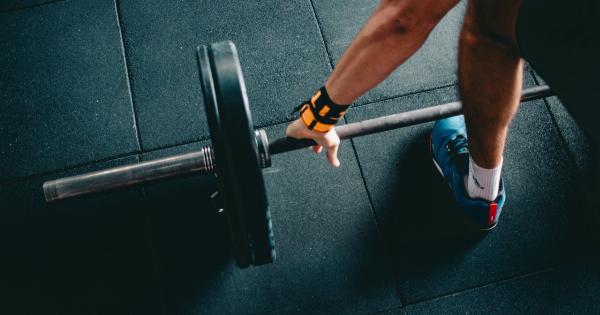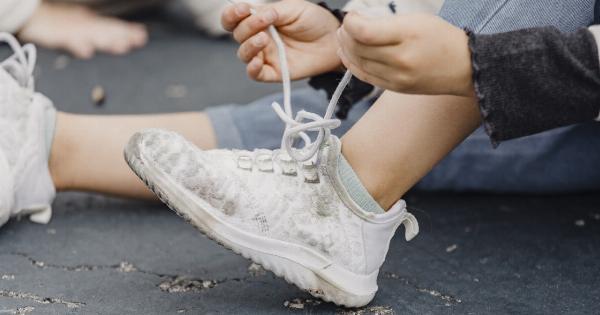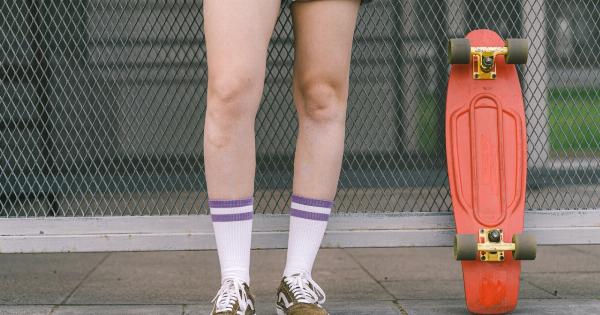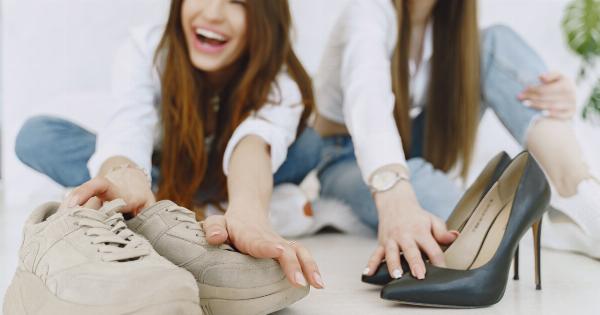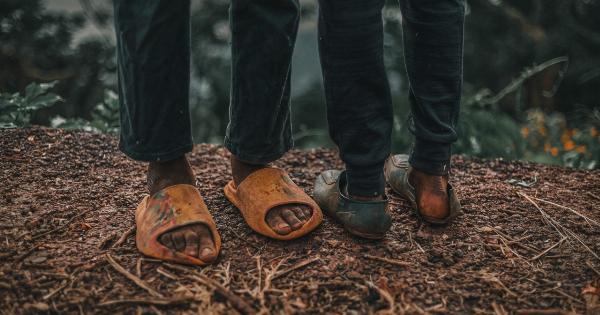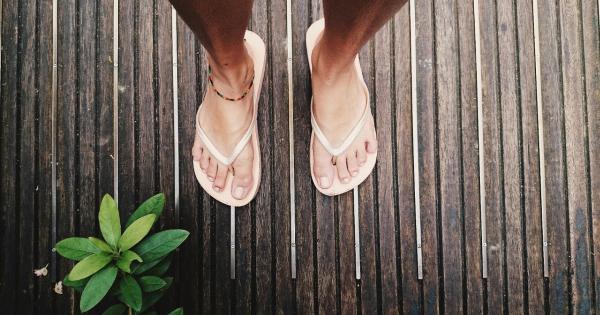When it comes to warm weather footwear, flip flops are a popular choice for many. These easy-to-wear sandals are perfect for casual outings, beach trips, and lounging around the house.
However, finding the right pair of flip flops for your feet can make a significant difference in terms of comfort and support.
Understanding Your Foot Type
Before diving into the world of flip flops, it’s important to understand your foot type. Different individuals have different foot structures, and knowing yours can help you make the best choice for your feet. The three main foot types are:.
1. Flat Feet
If you have flat feet, it means that your arches lay relatively flat on the ground. This foot type tends to benefit from flip flops with built-in arch support and cushioning to provide stability and reduce discomfort.
2. High Arches
Individuals with high arches have a noticeable arch gap between the ball and heel of their feet. For high-arched feet, flip flops with good shock absorption and flexibility are key.
Look for pairs that offer proper arch support and cushioning to distribute pressure evenly.
3. Neutral Feet
Neutral feet have a natural arch that’s neither too low nor too high. This foot type generally has fewer specific requirements, but it still benefits from flip flops with sufficient cushioning and support.
Maintaining Comfort and Support
Once you know your foot type, it’s time to consider the factors that contribute to the comfort and support of your flip flops. Here are a few important things to look for:.
1. Arch Support
Flip flops with built-in arch support help maintain the natural alignment of your feet and reduce strain on your arches, especially if you have flat feet or high arches. Look for pairs with contoured footbeds or added arch support features.
2. Cushioning
Ample cushioning is crucial for comfort, shock absorption, and reducing the impact on your feet while walking. Look for flip flops with cushioned footbeds made from materials like EVA or memory foam.
3. Material Quality
The quality of the materials used in your flip flops can affect their durability and overall comfort. Look for pairs made from high-quality rubber, leather, or fabric that will withstand frequent wear and tear.
4. Straps
The straps of your flip flops should provide a secure and snug fit without digging into your skin. Adjustable straps allow for a customized fit, ensuring maximum comfort. Avoid thin or rough straps that may cause irritation.
5. Traction
Slippery flip flops can lead to falls and injuries. Look for pairs with slip-resistant outsoles that offer good traction, especially if you plan to wear them near water or on wet surfaces.
Trying Before Buying
When shopping for flip flops, it’s always best to try them on before making a purchase. Walk around in the store to gauge the comfort, fit, and support they provide. Remember that even if a pair looks great, it may not feel great on your feet.
Replacing Worn-out Flip Flops
Flip flops, like any footwear, have a limited lifespan. The cushioning and support they offer may degrade over time, leading to discomfort and increased foot fatigue.
It’s important to replace your flip flops regularly to maintain optimal foot health.
Conclusion
Choosing the best flip flops for your feet involves considering your foot type, as well as factors like arch support, cushioning, material quality, straps, and traction.
By understanding your specific needs and trying on different options, you can find a pair that offers both comfort and style for the warm weather season.
